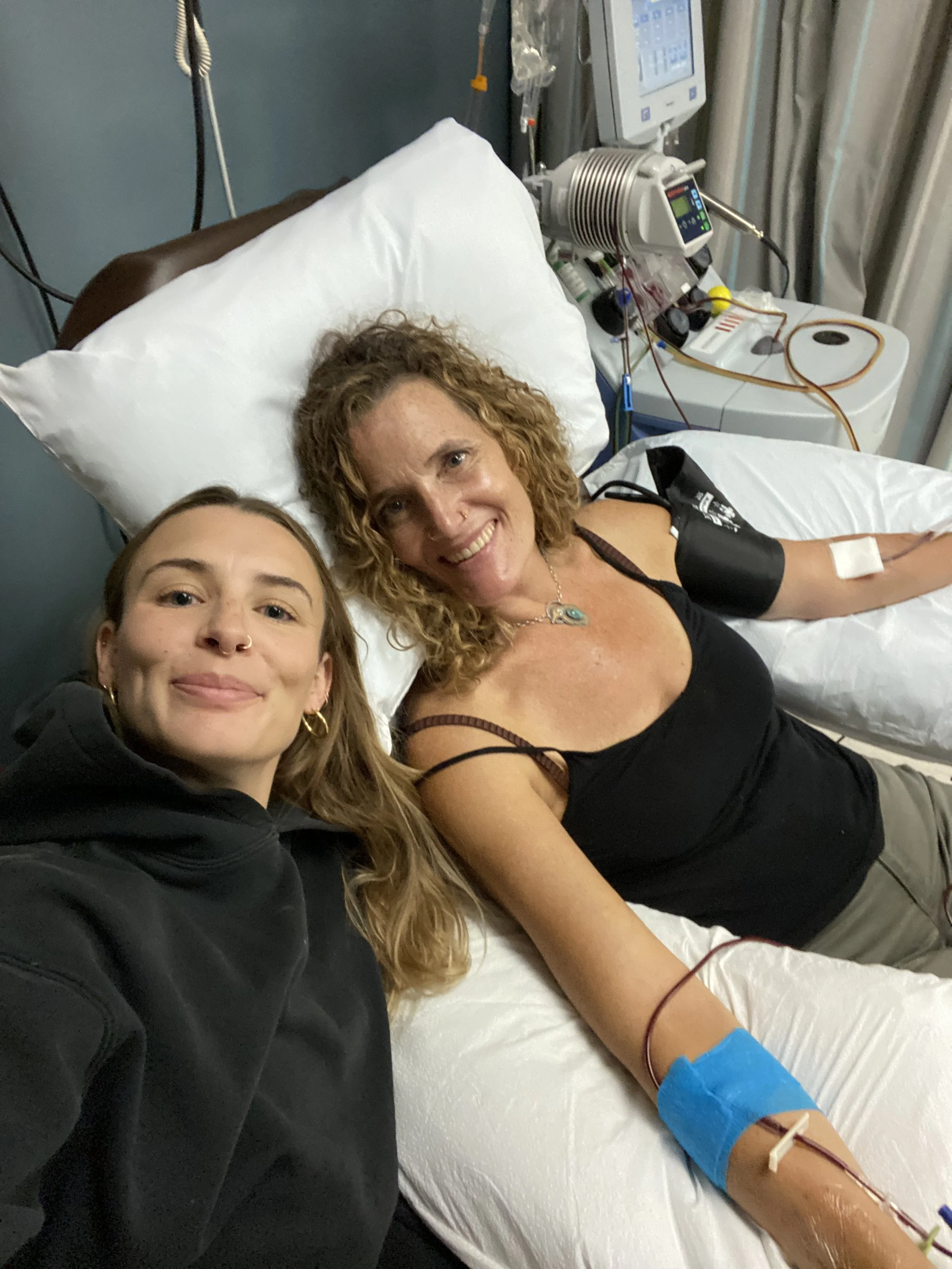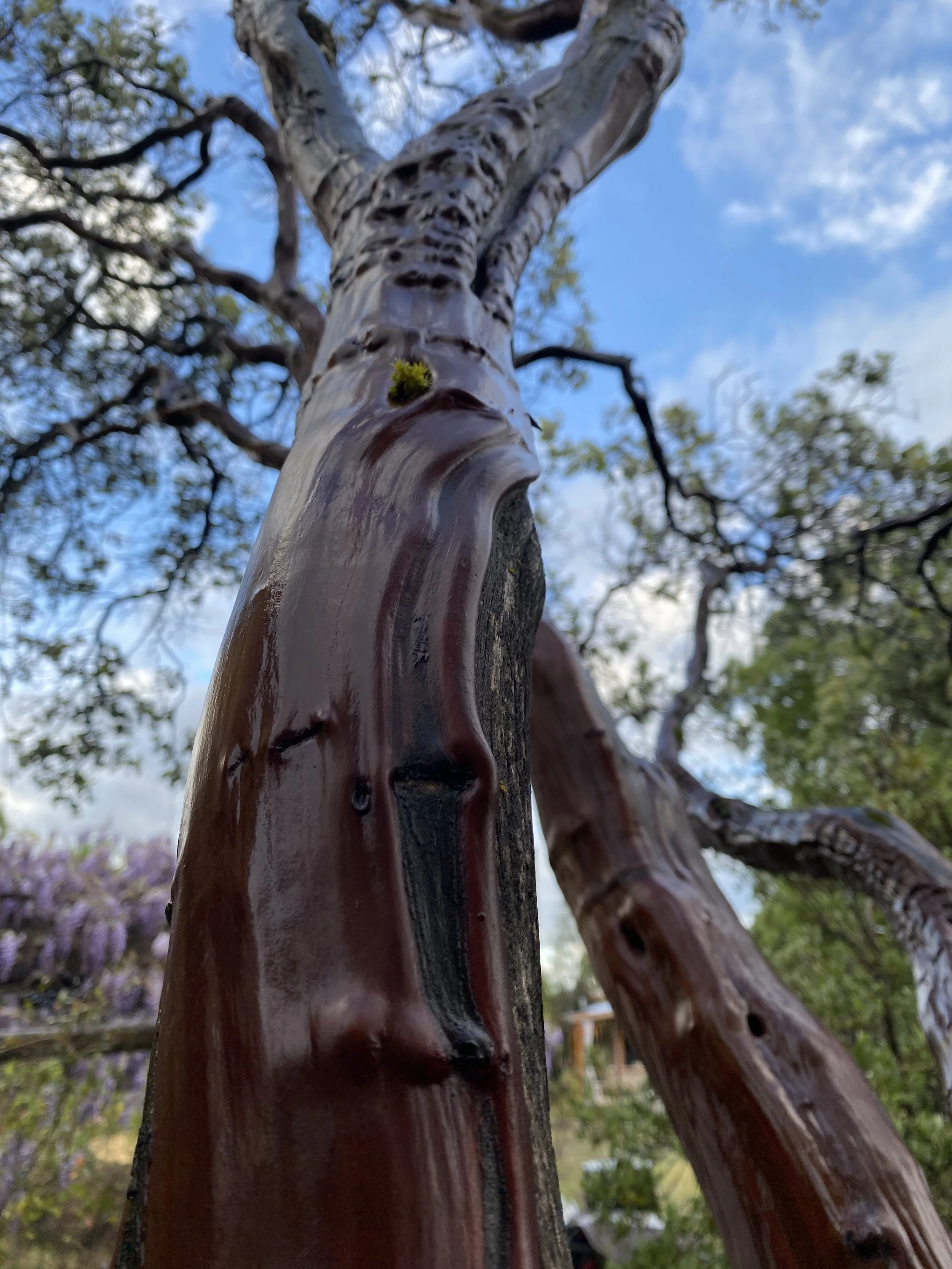Strong Spine, Soft Front
/Healing our Patterns in Relationship
photo by Angie Maxson
As I continue my exploration of the provocative healing that comes through intimacy, sexuality, and relationship, I consistently have revelatory wake-up calls. I have beliefs that I need to dismantle, assumptions that I need to unpack, and ways of being that hinder my connection with myself and with others. I have learned no matter the relationship style, or longevity of the relationship, the most profound access to growth is our own. It’s the only one we can control.
Whether you are monogamous, polyamorous, married, dating, or if you are in a deep exploration with yourself apart from a romantic partnership…each paradigm holds within it one common denominator. The individual. You. Many of us get trapped in thinking the solution to intimacy is out there in our partners, but that is only part of the whole.
Recently I have been pondering the phrase that many of us use in the realm of relationship work; “strong spine, soft front”. It’s a buzz phrase currently, maybe overused, but it grips me, so I did a deeper exploration to understand this combination of strength and vulnerability. What creates a strong spine and soft front metaphorically and relationally and what does it look like in partnership? For some it is being met with a benevolently commanding, even dominant presence, but enough emotional attunement that there is a reliable ability to lean in to your partner. For others, it is autonomy bordered by receptive connectivity. It is a balanced fluctuation between being cherished and being ravished. It is a soulful presence and a primal passion. So how can these seemingly paradoxical qualities exist in one human body? And if we are looking for this palpable alchemy in a beloved, how as individuals, do we cultivate our own expression of “strong spine and soft front”? If we want it out there, are we doing the work to offer our own version reciprocally?
The best source of the statement “strong spine and soft front” I found is pulled from a quote from Zen Buddhist, Roshi Joan Halifax. It rocked my world open:
“All too often our so-called strength comes from fear not love; instead of having a strong back, many of us have a defended front shielding a weak spine. In other words, we walk around brittle and defensive, trying to conceal our lack of confidence. If we strengthen our backs, metaphorically speaking, and develop a spine that’s flexible but sturdy, then we can risk having a front that’s soft and open, representing choiceless compassion. The place in your body where these two meet — strong back and soft front — is the brave, tender ground in which to root our caring deeply.
How can we give and accept care with strong-back, soft-front compassion, moving past fear into a place of genuine tenderness? I believe it comes about when we can be truly transparent, seeing the world clearly — and letting the world see into us.””
There are so many ways in which we try to change our minds or alter our beliefs. But behaving strong and being strong are two different things. Having a soft, undefended front comes from doing the work to understand what we are defending against. Over time I’ve learned that the role that the nervous system takes in pattern creation is profound. Many of us who have experienced trauma, either subtle or extreme, are met with roadblocks in terms of changing our responses or reactions to certain behaviors. Being a partner that has the capacity to be strong, confident, and resilient because of love rather than due to fear creates a new window into strength. Do we effort, grip, or brace to be strong? Or is it a result of our own body’s exquisite healing into an experience of resilient strength?
In my life and the life of my clients, I see active experiences of healthy pattern shifts as we spend the time necessary to tend to the body's protective strategies built out of past harm. In all aspects of intimacy; emotional, sexual, sensual, and relational as you tend to your history and the way it impacted you, it can translate to a level of deep bodily integration. Imagine even in some of the most confrontational experiences rather than feeling hijacked by your emotional reactions, you instead experience your agency and resourcefulness. Imagine the possibility of experiencing more pleasure in setting limits, where before you may have been destabilized. Imagine what it would be like to replace an undercurrent of nervous anxiety when you express your more vulnerable needs, with feeling a level of internal buoyancy instead. Imagine that rather than overriding your boundaries, you listen more to the impulses that your body gives in service to your pleasure. What if you could slow everything down to stay with your body’s rhythms from a more relaxed state within emotional connection, sexual expression and soulful attunement?
Being with a partner, that can meet you in the difficult conversations, experiences, and adventures, first starts as you excavate your own internal blocks to intimacy. If what your body and heart long for are to be known, then doing the work to create the kind of safety within yourself to authentically receive that kind of deep knowing, becomes a viable and provocative exploration.
It’s not about deciding to open your heart, it's about allowing enough healing, enough, malleable presence, and enough palpable transparency to see into yourself in such a way that your body’s receptivity and resiliency allows for the tremendous shift necessary for your growth. Our beliefs about ourselves or about love change, not because we change our minds, but because our body integrates the restoration necessary to believe. In practical terms what this may look like is letting your body unwind; trembling, shaking, crying, and even laughing as you sip in the relief of healing. As you create the kind of careful attention that many of us circumstantially could not have in the moments that large or small traumas occurred, you are a proactive advocate for your own pleasure now, and into the future.
Having a strong spine, and a soft front comes from a pristine awareness of the protective patterns you have developed over time. By paying attention, current circumstances which only appear to have the same danger as the original trauma or hurts, don’t have to create the same reactions. Showing up for ourselves in this way greatly increases the chance of co-creating new possibilities in relationships. This is one of the most profound ways we change the world from the inside out. The good news is, we don’t have to reach for it out there to experience it. We may each have the opportunity to have that. But it is definitely much more bound to happen if we cultivate our own internal experience of strong spines and soft fronts.





